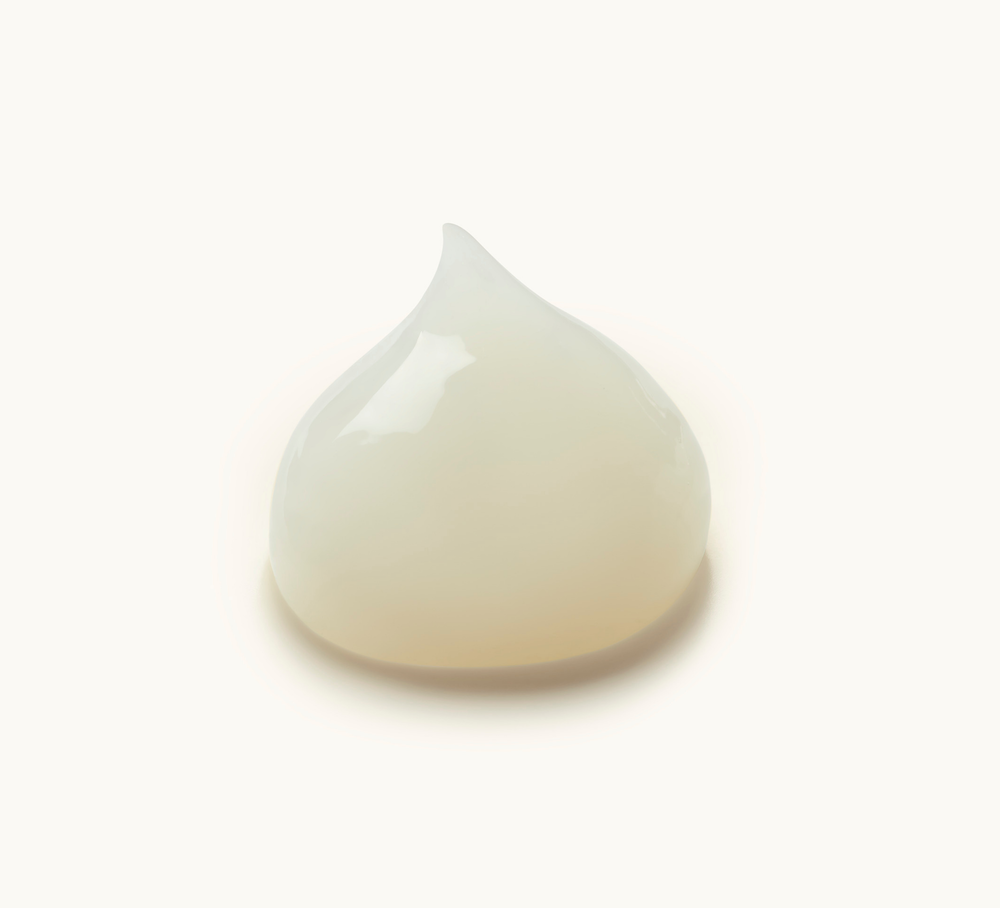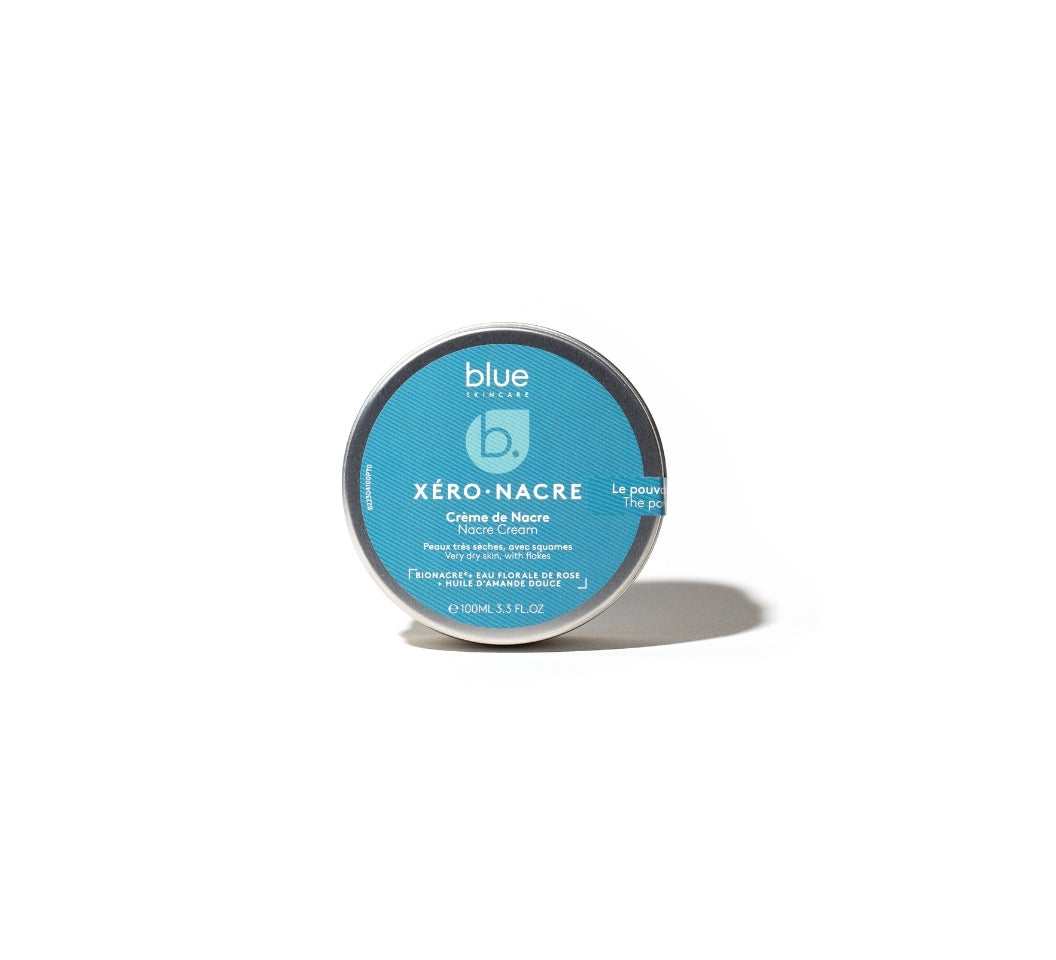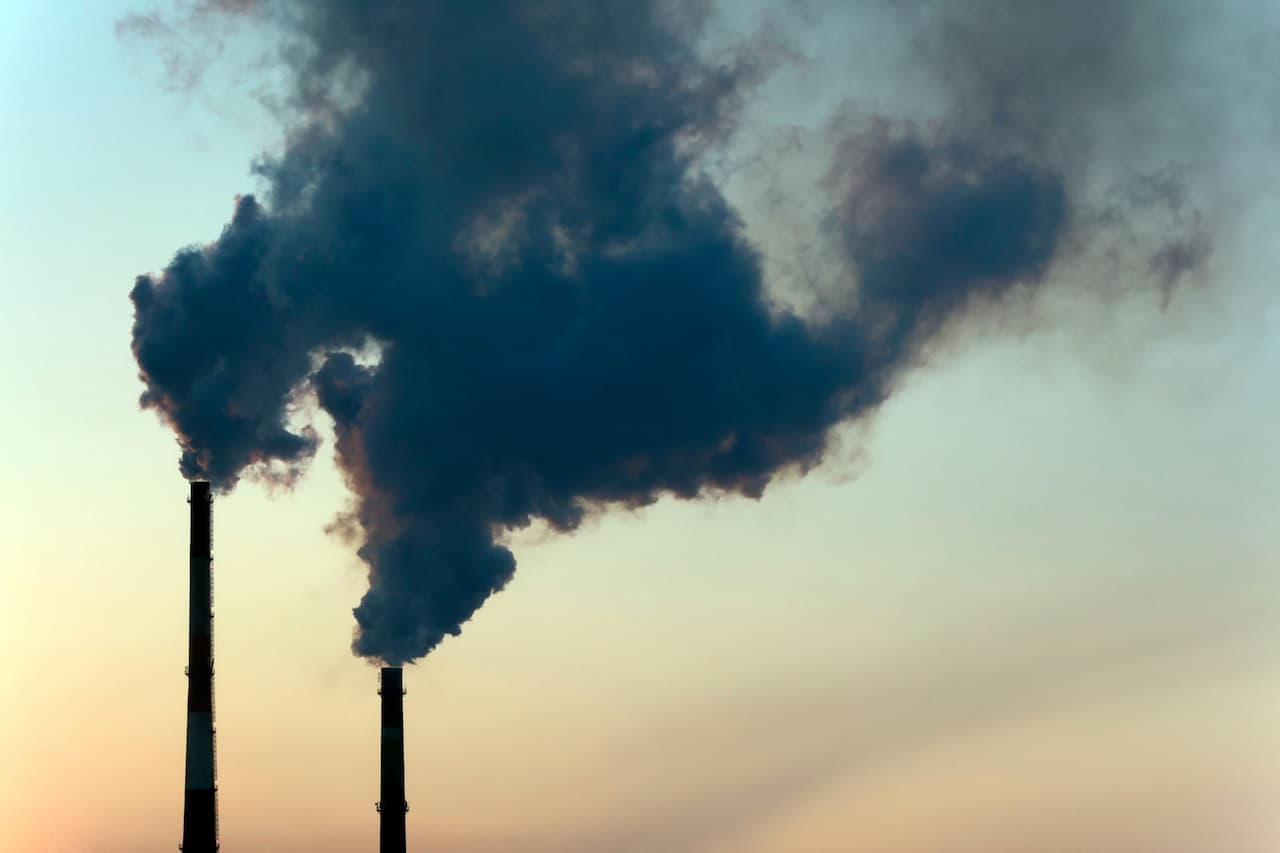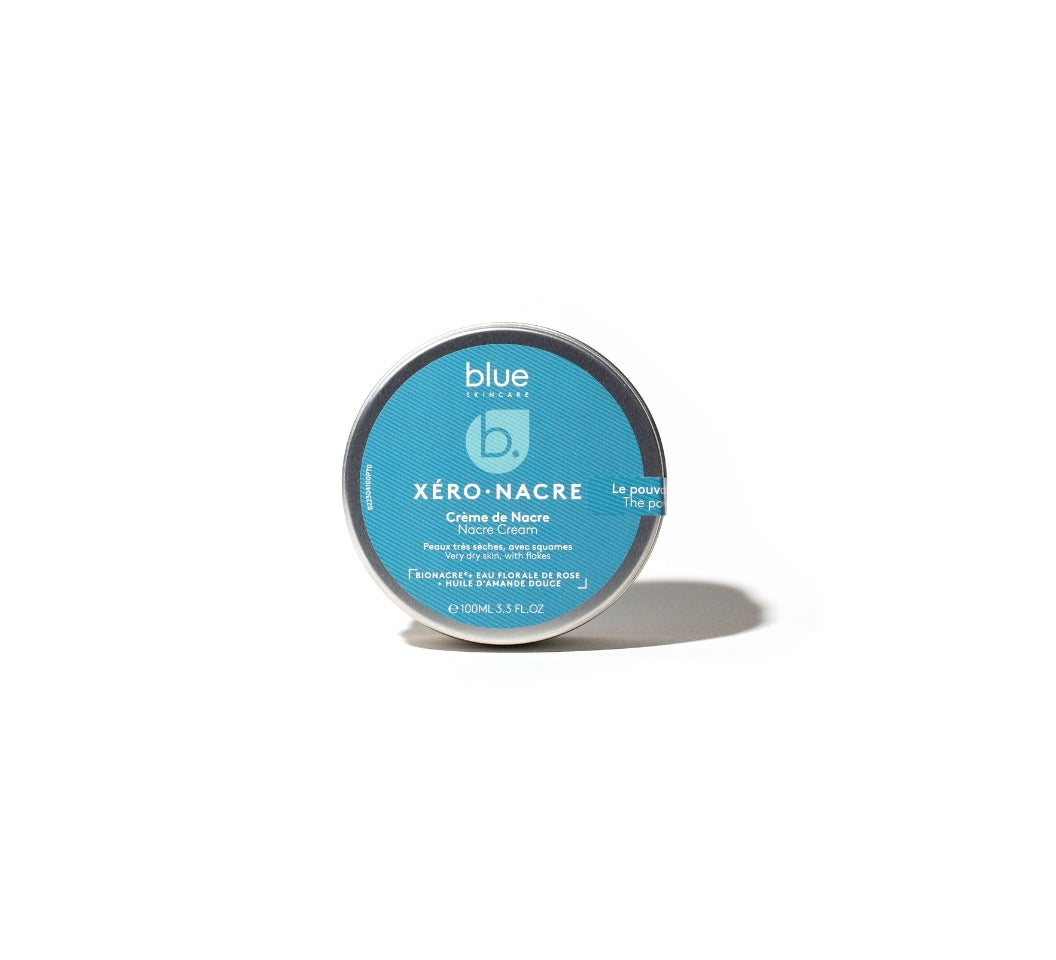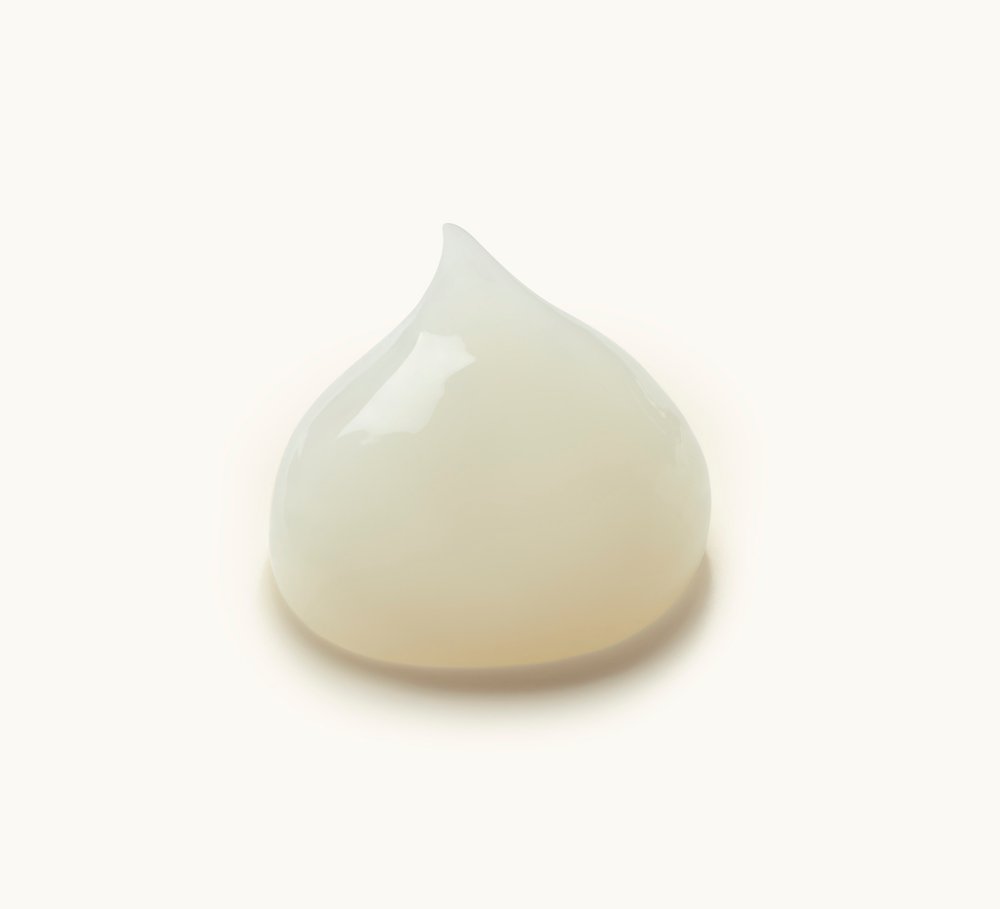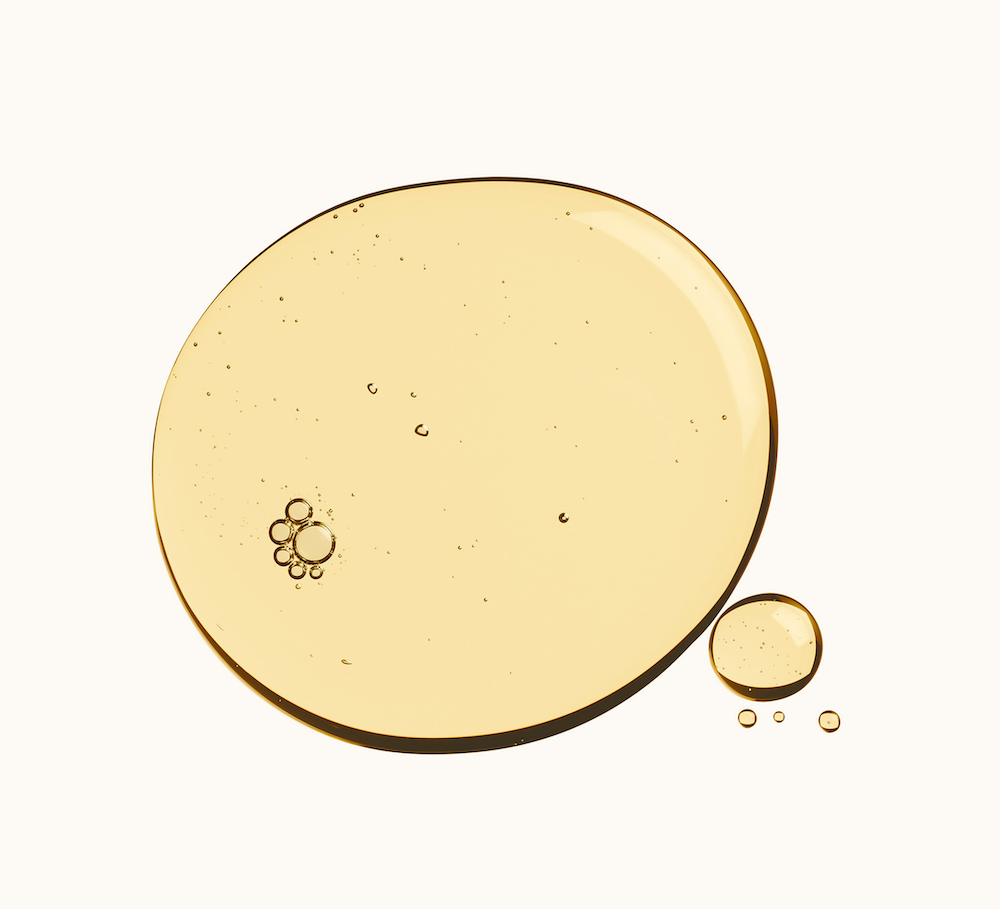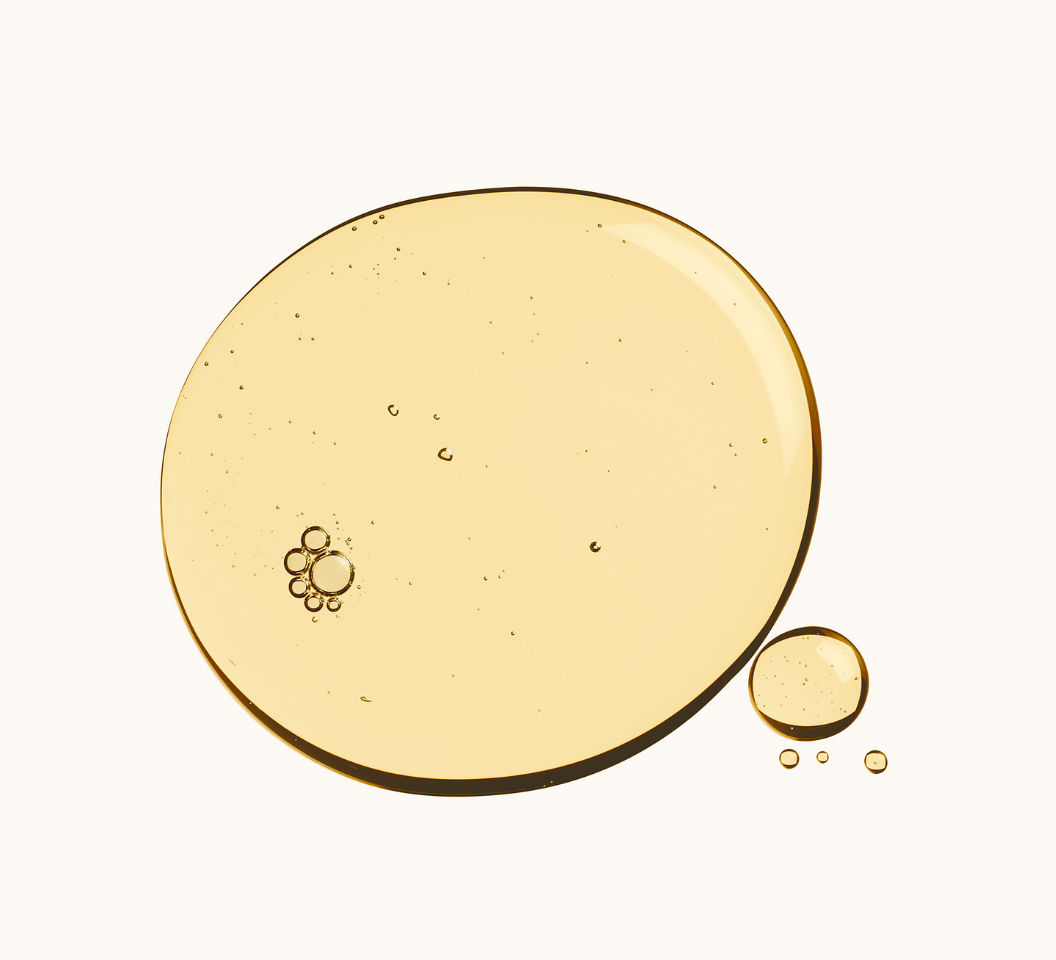Face aux enjeux de la pollution et du réchauffement climatique, on se sent impuissant et on a envie de savoir « à qui la faute ». Quels sont les grands responsables ? Les industries lourdes, la mode, le numérique, les transports, les agricultures, les élevages industriels ?
Pour identifier les industries les plus polluantes de la planète, il faut mener une enquête minutieuse. Analyser d’abord les origines de pollution des sols, de l’air et de l’eau pour évaluer ensuite la responsabilité de chaque pollueur. Heureusement aujourd’hui les indicateurs de pollution sont de plus en plus nombreux et précis pour identifier les grands responsables, les plus gros pollueurs de la planète.
Avant tout, qu’est-ce que la pollution ?
Polluer, c’est dégrader un écosystème, l’environnement ou le détruire entièrement en y introduisant des éléments qui lui sont impropres et qui vont lui nuire. Il peut s’agir du plastique dans l’océan, de produits toxiques dans les sols ou les rivières, de particules dans l’air ou encore de déchets dans la nature. Les écosystèmes sont par définition en perpétuelle évolution : ils peuvent donc s’adapter à l’ajout de ces matières mais jusqu’à un certain point seulement. Dans tous les cas, la pollution menace leur fragile équilibre et ce n’est pas toujours ce que l’on croit. Par exemple, des algues vertes peuvent proliférer à cause des activités humaines au point d’étouffer le reste du milieu aquatique qu’elles colonisent. C’est une autre forme de pollution dont l’homme est responsable, bien que les algues soient d’origine naturelle.
La différence entre pollution et CO2
Quand on parle de pollution, on évoque aujourd’hui de manière systématique le dioxyde de carbone, CO2. Or, le CO2, on en produit nous-même en respirant ! Le problème n’est donc pas vraiment sa présence dans l’air qui est naturelle, mais les conséquences de ses émissions en surplus, principalement dues à la combustion d’énergies fossiles (pétrole, gaz et charbon). Le dioxyde de carbone est un gaz à effet de serre qui contribue largement au réchauffement climatique s’il est en excès dans l’atmosphère. Les gaz à effet de serre sont appelés ainsi car ils empêchent les infrarouges émis par la Terre de s’évacuer dans l’espace en se plaçant au-dessus d’eux comme un couvercle, ce qui fait monter la température en dessous dans l’atmosphère, comme dans une serre. Ce phénomène est naturel et a permis à la vie d’apparaître sur Terre, mais les activités humaines ajoutant des quantités énormes de gaz à effet de serre dans le système créent un déséquilibre qui dérègle la machine climatique.
Qui pollue quoi ?
Pas évident d’évaluer l’amplitude de l’impact de chaque industrie polluante : Quelle est la quantité de gaz à effet de serre qu’elle émet ? Comment évaluer sa pollution plastique ? sa pollution chimique ? Mieux vaut raisonner par source de pollution – des sols, de l’air, de l’eau- et par secteurs d’activité – automobile, transports, industries, agriculture et élevage-.
Qui pollue les sols ?
Un sol est considéré comme pollué quand il a reçu des produits chimiques qui contaminent la faune et la flore. Ce type de pollution provient principalement des rejets chimiques d’activités industrielles, des élevages intensifs et de l’agriculture à cause des produits phytosanitaires et les fameux désherbants (type glyphosate) et autres engrais chimiques, utilisés par les agriculteurs. La pollution peut aussi venir des grandes quantités de déjections des animaux d’élevage industriels qui saturent l’environnement et deviennent toxiques (voir plus bas). Mais il peut aussi s’agir des produits chimiques d’une usine, des eaux usées des fabricants de médicaments alors saturées en principes actifs pharmaceutiques qui se répandent dans le sol, mais aussi d’hydrocarbures qui fuitent près d’une pompe à essence par exemple.
Qui pollue l’air ?

L’émission de CO2 par les véhicules, avions et autres navires n’est pas à proprement parler un polluant : il n’est pas responsable des particules fines qui, elles, sont extrêmement nocives, et ce de manière directe, pour nous humains. Quand on parle de pollution de l’air ce sont à ces particules que l’on fait référence qui pénètrent dans l’organisme par les voies respiratoires et par la peau. Elles sont à l’origine de nombreuses maladies respiratoires, cardiovasculaires et cancers. Et en France, la pollution des particules fines est la seconde cause de mort évitable après le tabac.
- La voiture bien sûr émet beaucoup de particules fines, mais pas tant à cause des moteurs, aujourd’hui équipés de filtres assez efficaces. La pollution automobile provient surtout du frottement des disques de frein et à l’usure des pneus sur la route. Ces deux frottements génèrent une fine poussière de particules principalement constituée de noir de carbone et de métaux lourds type cuivre, baryum, nickel, chrome, plomb, zinc, hautement toxiques.
- Le transport maritime est l’autre grand coupable, avec les avions : les « supertankers », ces navires géants qui transportent, exportent et importent presque la totalité des marchandises dans le monde, génèrent une pollution en oxydes de soufre, en oxydes d’azote et en particules ultrafines absolument gigantesque … principalement à cause de leur carburant qui est l’un des plus sales au monde, un résidu de pétrole lourd et difficile à brûler.
- Les centrales à charbon, qu’on oublie souvent de mentionner, sont une des pires sources de particules fines et ultrafines qui s’infiltrent très profondément dans notre organisme. Elles sont légion en Asie, mais aussi en Europe comme en Pologne ou encore en Allemagne où 25% de l’électricité provient de centrales à charbon. En France, les centrales à charbon ont presque totalement disparu car plus de 70% de l’électricité provient du nucléaire qui n’émet quasiment pas de CO2, ni de particules fines.
Qui pollue l’eau ?

Les rivières, les lacs et la mer peuvent (et sont) pollués par les mêmes substances que les sols par le biais de l’eau de pluie qui les drainent. Une zone fortement polluée peut mener à la destruction totale de l’écosystème d’un marais, si animaux et plantes ne peuvent plus y vivre. Les rejets des élevages peuvent aussi déséquilibrer l’eau et mener à la propagation d’espèces nuisibles et/ou envahissantes comme les algues vertes. Mais s’ajoute à cette pollution, les déchets que rivières, lacs et mer réceptionnent directement. En ce qui concerne l’océan, la crème solaire est un déchet qui étouffe les fonds marins, les prive de lumière en formant un film à la surface (selon les filtres utilisés dans la crème) ou entraine la destruction du précieux corail. S’ajoutent à ces polluants, les substances toxiques émises en mer du type marée noire qui ravagent tout sur leur passage, et surtout, le plastique, qui forme des soupes de microplastiques en se dégradant, absorbées ensuite par les organismes marins.
Quelles sont les plus grands pollueurs ?
Une multitude de méthodes de mesure, d’indicateurs, d’indices de plus en plus sophistiqués permettent d’analyser et surtout de quantifier les dégâts polluants des différentes industries. Et ce, au niveau mondial, car les industries polluantes sont bien différentes selon les pays. L’analyse de toutes ces données aboutissent à l’identification des 5 plus gros pollueurs de la planète.
L’industrie textile
Cinquième plus gros émetteur de gaz à effet de serre, l’industrie textile est une grande consommatrice de ressources et d’eau en particulier. Elle génère aussi de nombreuses pollutions, la principale étant celle due à la teinture des textiles qui la hisse à la seconde place en termes de pollution d’eau au niveau mondial. En effet, la fabrication des vêtements et le traitement des fibres, notamment des fibres synthétiques, nécessite un arsenal de produits chimiques toxiques qui se retrouvent dans les eaux usées qui sortent des usines, souvent dans des pays pauvres qui n’ont pas de réglementation suffisante pour faire pression sur les marques.
Les transports
Le secteur des transports est le grand responsable de la pollution de l’air. A des niveaux différents : en moyenne, un transport en train émet 10 fois moins de CO2 que le même trajet en voiture et jusqu’à 50 fois moins de CO2 que l’avion. Et si les réacteurs des avions, les pneus des trains, les supertankers et les voitures lors de la combustion du carburant émettent des particules fines dangereuses pour la santé, les dégâts ne s’arrêtent pas à l’utilisation des véhicules. Durant leur fabrication, de très nombreux matériaux, déchets et produits toxiques sont utilisés, ce qui double leur impact environnemental, en plus d’émettre du CO2 de manière record.
L’agriculture et l’élevage intensif

L’agriculture et l’élevage intensif ont un point commun : ils génèrent de l’ammoniac. Ce composé chimique provient des engrais azotés utilisés pour fertiliser les cultures, mais aussi des déjections des animaux qui posent de graves problèmes liés à la pratique de « l’épandage ». Cette technique consiste à utiliser le lisier, riche en azote, sur les terres comme engrais. Tout comme les pesticides, les herbicides et les engrais chimiques qui anéantissent au passage la biodiversité, les produits toxiques du lisier se retrouvent dans le sol puis dans les cours d’eau, et sous forme de nitrate en ce qui le concerne. Une contamination qui peut aller jusqu’aux nappes phréatiques rendant ainsi l’eau impropre à la consommation. En bonus, l’azote et les nitrates stimulent la prolifération d’algues vertes qui colonisent alors les côtes, comme c’est le cas en Bretagne à cause des élevages porcins géants situés en amont du bassin versant.
La pollution numérique
La fabrication des smartphones, ordinateurs, tablettes, TV, box internet, disques durs… etc. génère une pollution très importante, tout au long de leur cycle de vie.
Pour les fabriquer tout d’abord, de très nombreux métaux rares sont nécessaires : cuivre, lithium, or, cobalt… ils sont extraits d’une manière souvent peu scrupuleuse qui pollue terriblement l’environnement, épuise les ressources, fragilise les écosystèmes en plus d’exploiter les habitants de ces régions et d’impliquer parfois le travail d’enfants. Ce processus, valable pour la fabrication des objets numériques, l’est aussi pour les « data centers », ces immenses centres numériques qui stockent les données numériques et hébergent les contenus d’internet. Tous ces outils et ces équipements sont autant de déchets quand ils ne fonctionnent plus. Ils sont très peu recyclés alors même que certains des métaux qu’ils contiennent viendront bientôt à manquer. De plus, le secteur du numérique est aujourd’hui responsable de près de 4% des émissions de gaz à effet de serre mondiales ! L’utilisation d’internet (visionner des films en streaming, utiliser des objets connectés, utiliser les réseaux sociaux avec leurs photos et vidéos, et même faire de simples recherches sur Google ou consulter un site web…) demande aux data centers de consommer beaucoup d’énergie qui, si elle est produite à partir de sources fossiles, émettra quantité de CO2.
Il ne faudrait pas dire « la pollution » mais « les pollutions ». La prise de conscience se met en marche et dans ce combat pour préserver l’environnement, nos choix de consommation sont au moins aussi importants que les politiques mises en place. C’est la force du groupe. Arrêter ou réduire la viande, préférer le train à l’avion… ce sont les nouveaux réflexes que l’on doit adopter avant qu’un jour nous n’ayons tout simplement plus le choix.

